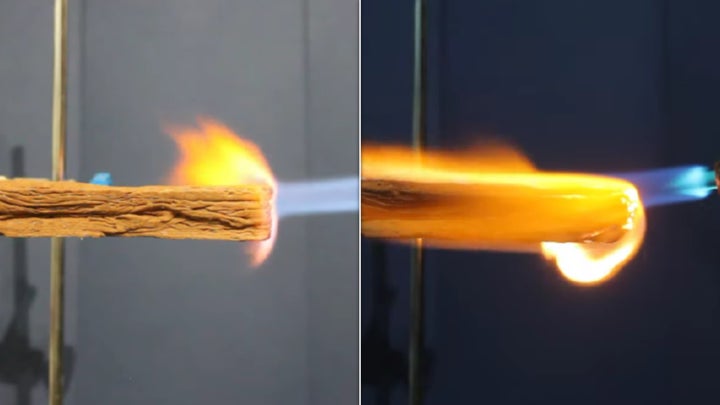
We’ve recently learned that Twix’s name is a portmanteau of “twin sticks” (pretty clever).
And then, there was the news that the original Toblerone logo had a hidden bear in its mountain (meanwhile, Lyle’s OG lion motif has been a rotten, bee-filled beast for years without us noticing).
Not even these bombshells, however, could have prepared us for this confectionary fact; apparently, it’s almost impossible to melt a Flake bar.
What?
If you don’t believe us, check out this YouTube video of a man trying to do just that in a microwave; or this TikTok of another incredulous man, who just had to test the fake-sounding theory.
Both found the same thing; no matter how much they microwaved the crumbly confection, it simply refused to melt.
It’s not just the microwave that the bar can stand up to, it seems. This man tried melting the bar on a plate above boiling water; directly in a frying pan; grated; whole.
At best, the bar became singed, hot, and brittle. It may even go up in flames. But the one thing it didn’t do was melt.
In fact, even a 2,000°C blowtorch couldn’t render the bar runny on Thompson STEM Engagement’s YouTube channel.
WHY?
It’s all to do with how the fats and cocoa in the bar interact with one another, apparently.
In fact, the same reason the bar doesn’t melt is the same reason its crumbly; the fats in everyone’s fave 99 addition don’t coat the cocoa to form a smooth, solid substance, so they can’t allow them to flow under heat either (i.e., melting).
“Although Flake is made from milk chocolate, the manufacturing process gives it a different arrangement of fat and cocoa solids, so the melting fat isn’t able to lubricate the cocoa particles to the point where they can flow,” former zoologist and current science and technology educator Luis Villazon from Science Focus says.
″In a bain marie, a Flake will never melt. In the microwave, it eventually just burns,” he adds.
What a world...